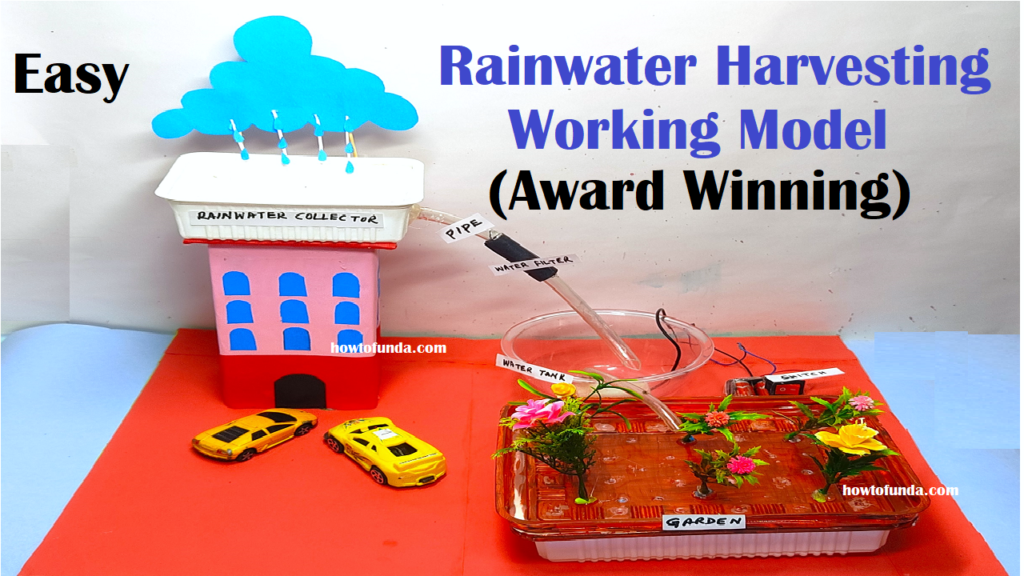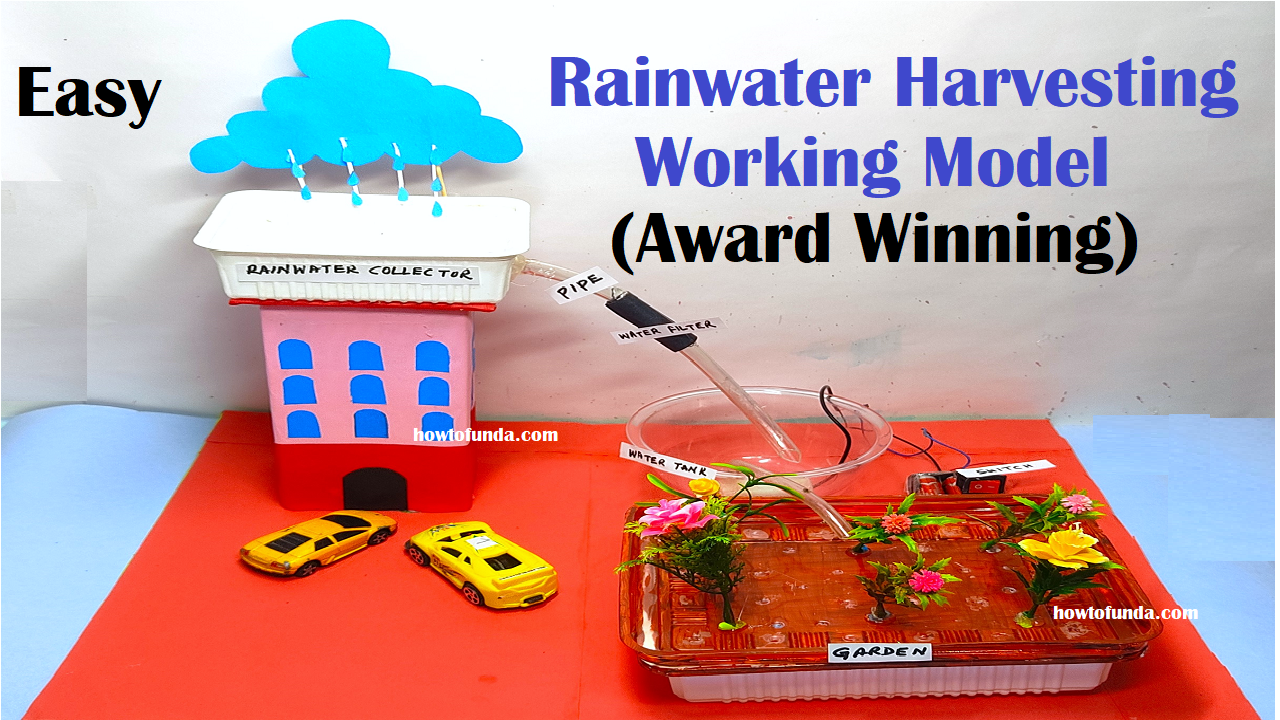Rainwater is a valuable resource that can be harvested and utilized for various purposes, including drinking, irrigation, and household chores.
However, before rainwater can be considered safe for consumption, it often requires purification to remove impurities and contaminants.
Rainwater purification is a process that ensures the harvested rainwater meets specific quality standards, making it suitable for various applications.
This is particularly important in regions where rainwater harvesting is a common practice.
Key Components of Rainwater Purification:
- Pre-Filtration:
- The initial step in rainwater purification involves pre-filtration to remove larger debris, such as leaves, twigs, and insects. This is often done using mesh screens or filters placed at the entry points of rainwater collection systems.
- Physical Filtration:
- After pre-filtration, rainwater undergoes physical filtration to remove finer particles and sediments. This is commonly achieved through layers of materials like gravel, sand, and stones that trap impurities as water passes through.
- Chemical Filtration:
- Activated charcoal is often used in rainwater purification to absorb and remove chemical impurities, odors, and undesirable tastes. The porous structure of activated charcoal makes it an effective adsorbent for a wide range of contaminants.
- Biological Purification:
- Biological purification methods involve the use of natural processes or living organisms to remove microorganisms and bacteria from rainwater. Ultraviolet (UV) light exposure is one method that can effectively disinfect rainwater.
- Storage Hygiene:
- Proper storage of purified rainwater is crucial to maintaining its quality. Clean and well-maintained storage tanks or containers help prevent contamination and the growth of algae or harmful microorganisms.
Importance of Rainwater Purification:
- Safe Drinking Water:
- Purifying rainwater ensures that it meets health and safety standards, making it suitable for human consumption. This is particularly relevant in areas where access to clean and reliable water sources is limited.
- Agricultural Use:
- Purified rainwater can be used for irrigation, promoting sustainable and efficient agricultural practices. Removal of impurities prevents clogging of irrigation systems and ensures the health of crops.
- Domestic Applications:
- Purified rainwater can be used for various household purposes, including cooking, cleaning, and bathing. It provides an alternative water source, reducing reliance on traditional water supplies.
- Environmental Conservation:
- Harvesting and purifying rainwater contribute to environmental conservation by reducing the demand on local water sources. It promotes sustainable water management practices.
- Emergency Preparedness:
- Rainwater harvesting, coupled with effective purification, can serve as a reliable water source during emergencies or natural disasters when conventional water supplies may be disrupted.
Creating a science working model of a rainwater purifier
Creating a science working model of a rainwater purifier can be an excellent way to understand the process of purifying rainwater for consumption or domestic use.

Here’s a simple guide to help you make a basic rainwater purifier model:
Materials Needed:
- Two large plastic containers or buckets
- A piece of fine mesh or cloth
- Gravel
- Sand
- Activated charcoal
- Small pebbles or stones
- Water
- Funnel
- Small pump (optional)
- Tubing (if using a pump)
- Hose (if using a pump)
- Valve (if using a pump)
- Clear plastic tubing
- PVC pipe (optional)
Instructions:
1. Set up the Containers:
- Place one container above the other, creating a two-tier system. The top container will act as the rainwater collection tank, and the bottom container will be the purification tank.
2. Collect Rainwater:
- Set up the model in a location where it can receive rainwater. If it’s not raining, you can simulate the process by pouring water into the top container.
3. Pre-filtering:
- Attach a piece of fine mesh or cloth to the opening of the rainwater collection container. This helps filter out larger debris and particles.
4. First Layer – Gravel:
- In the purification tank (bottom container), create the first layer by adding a thickness of gravel. This layer helps trap larger impurities.
5. Second Layer – Sand:
- Add a layer of sand above the gravel. Sand helps filter out finer particles and contributes to the purification process.
6. Third Layer – Activated Charcoal:
- Place a layer of activated charcoal over the sand. Activated charcoal absorbs impurities and improves the taste of the water.
7. Fourth Layer – Small Pebbles or Stones:
- Add a layer of small pebbles or stones. This layer provides additional support for the charcoal and helps prevent clogging.
8. Clear Plastic Tubing (Optional):
- If you have a pump, connect a clear plastic tubing to the outlet of the purification tank. This tubing can carry the purified water to a storage container.
9. PVC Pipe (Optional):
- Alternatively, you can use a PVC pipe to siphon the purified water from the bottom of the purification tank to a storage container.
10. Collect the Purified Water:
- Place a funnel at the end of the tubing or PVC pipe to direct the purified water into a separate container.
11. Optional Pump Setup:
- If you have a small pump, connect it to the tubing and use a hose to direct the purified water to a storage container. Add a valve to control the flow of water.
12. Observe and Explain:
- Pour water into the rainwater collection container and observe how the layers in the purification tank filter and purify the water. Explain each layer’s role in the purification process.
This simple rainwater purifier model provides a hands-on demonstration of the basic principles involved in purifying rainwater for various uses. It’s a great way to explore the importance of water purification methods in ensuring access to safe and clean drinking water.

